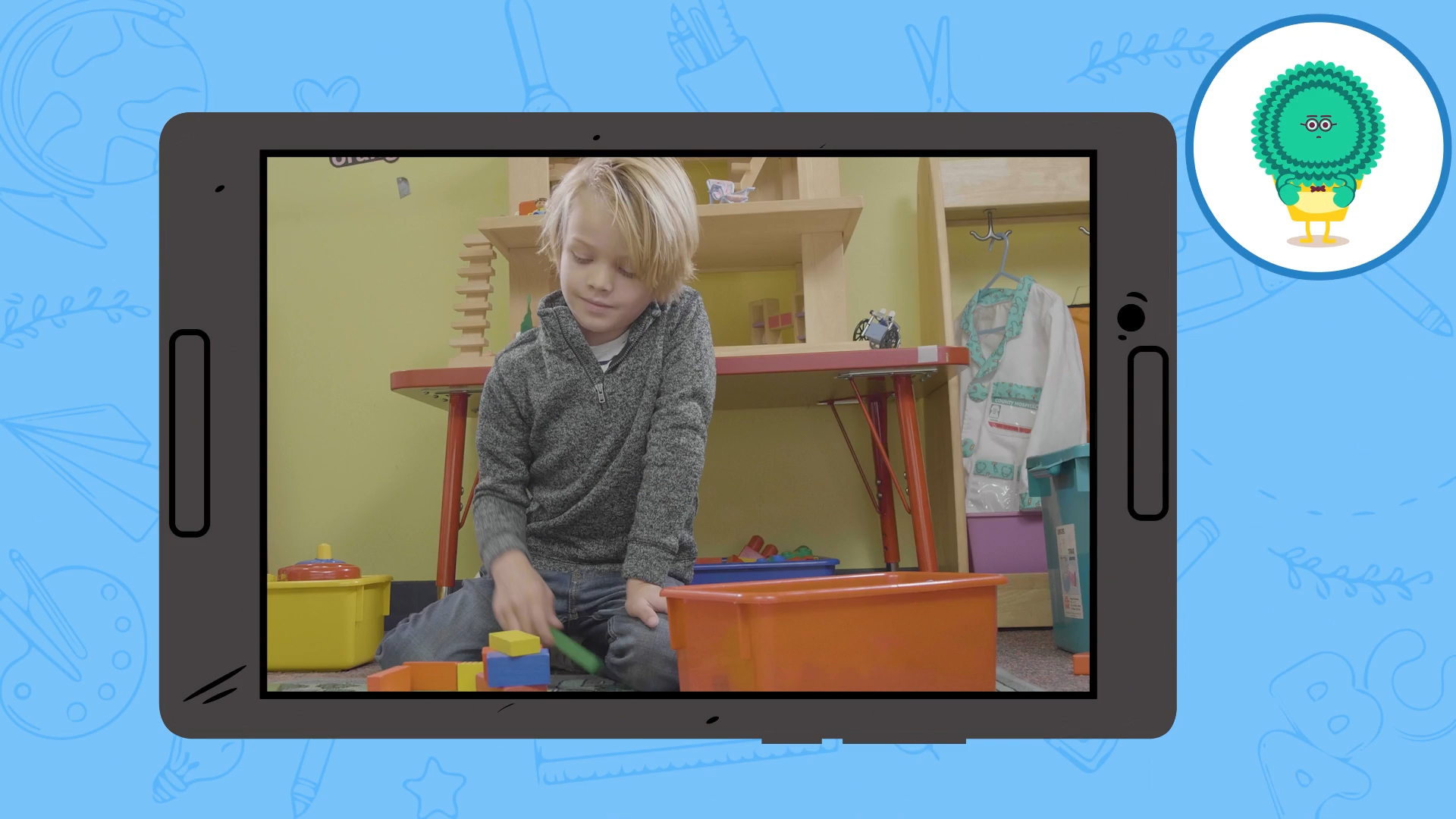
Introduction
Students in special education often face challenges in managing their emotions and developing self-regulation skills. One effective technique to help them cope with strong emotions is belly breathing, a simple yet powerful relaxation method. In this blog post, we will explore an easy-to-implement, no-prep activity that educators can use to teach belly breathing. We will also discuss related skills and offer further resources to support students in their emotional growth.
No-Prep Activity
This activity can be done in a group setting or one-on-one with a student. It requires no preparation or materials, making it easy for educators to incorporate into their daily routines.
- Begin by asking students how they feel. Encourage them to share their emotions and discuss how their bodies react when they experience strong feelings.
- Introduce the concept of belly breathing by explaining that it is a technique that can help them feel calmer and more in control of their emotions. Demonstrate the technique by placing your hands on your belly, breathing in through your nose, and out through your mouth.
- Invite students to practice belly breathing with you. Encourage them to place their hands on their bellies and follow your lead as you breathe in and out slowly and deeply.
- After practicing together, ask students to think of a time when they felt upset or overwhelmed. Encourage them to share their experiences and discuss how belly breathing could have helped them in those situations.
- Finish the activity by reinforcing the importance of practicing belly breathing regularly, both during times of stress and as a daily habit to promote overall emotional well-being.
Discussion Questions
- How did you feel before and after practicing belly breathing? What changes did you notice in your body and emotions?
- When do you think belly breathing would be most helpful for you? Can you think of specific situations where it could help you manage your emotions?
- Why do you think it’s important to practice belly breathing regularly, even when you’re not feeling stressed or upset?
- What other strategies can you use to help manage your emotions and stay calm during challenging situations?
- How can we support each other in using belly breathing and other self-regulation techniques?
Related Skills
Belly breathing is an essential tool in building self-regulation skills, but it’s not the only one. Other related skills that can support students in special education include:
- Mindfulness: Practicing awareness of the present moment can help students develop self-awareness and emotional regulation.
- Positive self-talk: Encouraging students to use supportive language and affirmations can boost their confidence and resilience during challenging situations.
- Emotion identification: Teaching students to recognize and label their emotions can help them understand and manage their feelings more effectively.
- Problem-solving: Guiding students through a step-by-step process to address challenges can empower them to take control of their emotions and situations.
Next Steps
Teaching belly breathing is a powerful way to support students in special education as they develop essential self-regulation skills. To further enhance your students’ emotional growth, we encourage you to sign up for free samples of our skill-building resources, including activities, videos, and lessons focused on social-emotional learning.
By incorporating belly breathing and other self-regulation techniques into your daily routines, you can empower your students to manage their emotions, build resilience, and thrive in and out of the classroom.

